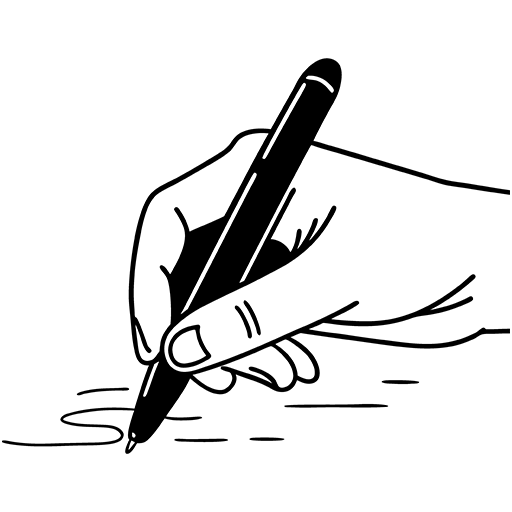One of the most important lessons I’ve learnt as a Graphologist is that it’s so easy to become absorbed in a handwriting sample that it’s possible to forget that I’m dealing with a real live person. And believe me, it’s very easy to become absorbed in an interesting piece of handwriting.
So it’s essential to remember that a page of handwriting is never a lifeless document. In fact, it’s likely to be an emotional representation of a real life situation.
Why emotional?
Well, take jealousy, for example. Jealousy has a vast and complex network of underlying emotions. So it’s not enough simply to say that we can see evidence of jealousy in the handwriting and then leave it at that.
We need to be able to substantiate our conclusions and give reasons for claiming that jealousy is present. This is particularly important when you consider that once jealousy appears in the handwriting you may be sure that it is already a well established presence in the individual’s personality.
How then do we find the underlying reasons for the manifestation of jealousy in handwriting?
A deep-seated fear
It helps to understand that jealousy is the result of a deep-seated fear. A fear that has a pervading influence on all our actions.
“Hold on right there!” someone will interject. “How can you call it fear when my husband becomes completely objectionable during his bouts of jealousy?” Or “My little boy seems to hate his new baby sister and tries to bash her while we’re not looking.”
Where exactly does the fear come in?
It may not be immediately obvious but jealousy is indeed a very real and deep-seated fear.
You see it’s the hidden fear of losing love – which is a fear so profound that it can become quite dangerous.
The jealous husband is filled with fear when he obsesses that his wife will leave him for someone else. His resulting behaviour may turn out to be reprehensible and completely unacceptable but when trying to understand it we need to realise that it comes from a deep human fear.
On the other hand the little boy’s hidden fear is that his mother will divert her love from him to his little sister. And so he lashes out in the only way he knows how by attempting to bash or pinch his little sister. His behaviour may be unacceptable but it’s self-protective and it’s motivated by a fear that he himself is totally unaware of.
The Green Disguise
No-one likes to admit to jealousy. There is always an attempt to disguise it so that it is rarely brought out into the open. The jealous husband, unwilling to discuss the cause of his fears and unable to suppress his boiling emotions, reacts by bullying his wife or worse.
As graphologists we can see the signs in handwriting that point to behavioural excesses. But it’s also important for us to pay attention to the possible causes.
Unfortunately, where there is jealousy in a relationship, logic flies out of the window and mistrust, resentment and anger are the order of the day.
So what are the signs of jealousy in handwriting?
Handwriting Clues to jealousy
Some graphologists see jealousy as a little backward loop that precedes certain letter formations. But I think that’s an oversimplification. There are many more indications that should be taken into account.
We have to cast our nets much wider and look for signs of insecurity, domination, resentment and anger among other things.
Clearly this is more complicated. But then, jealousy by its very nature is a complex emotion and we can’t hope to identify it with a single sign.
To explore this theme further check out “How to spot jealousy in just two lines of handwriting” where I show you some of the signs that contribute to jealousy.
The bottom line is that where there are complex emotions you will find complex handwriting. It just makes sense.
Free Newsletter about handwriting and personality







